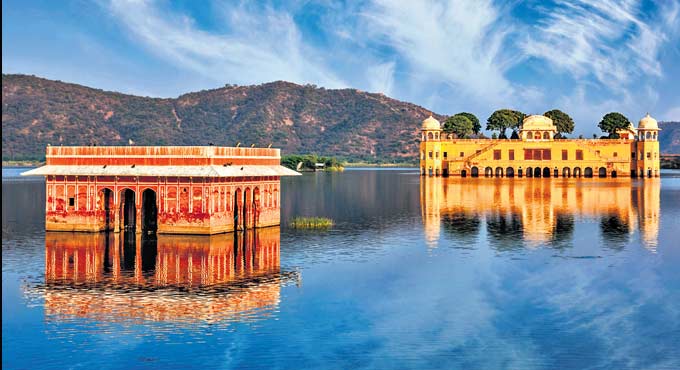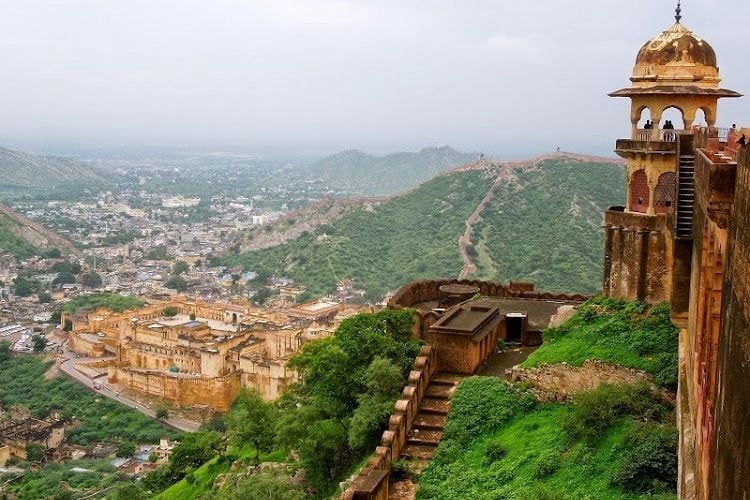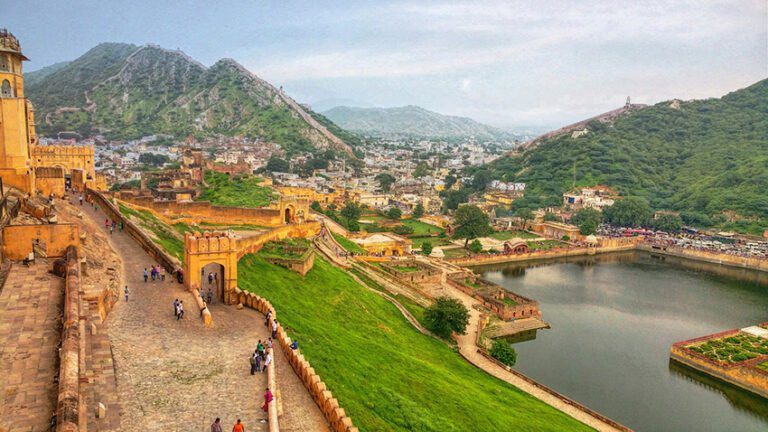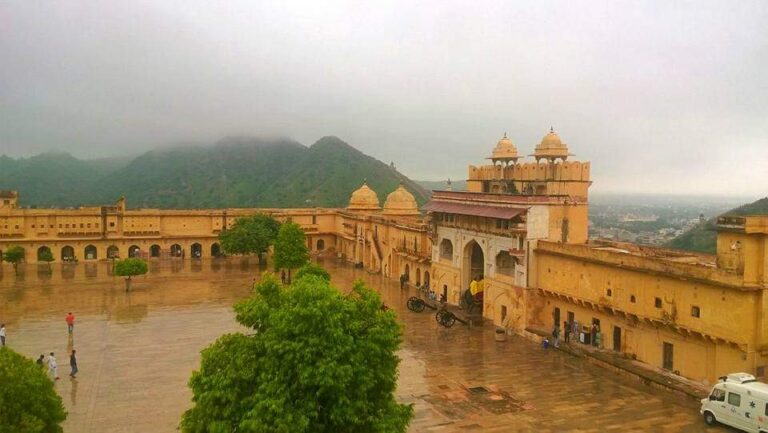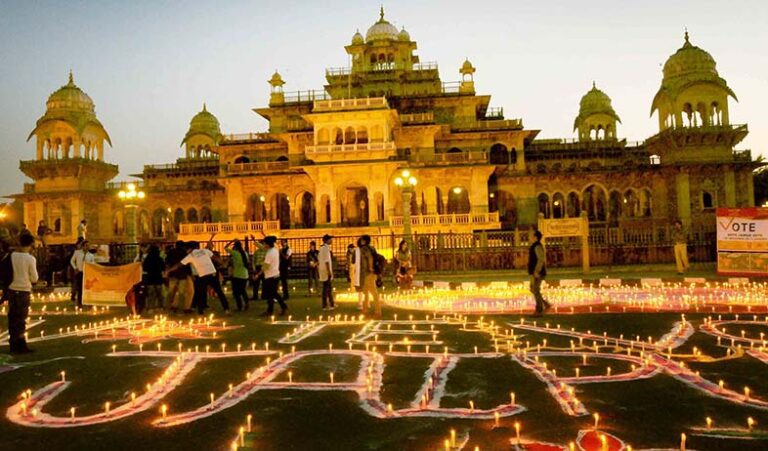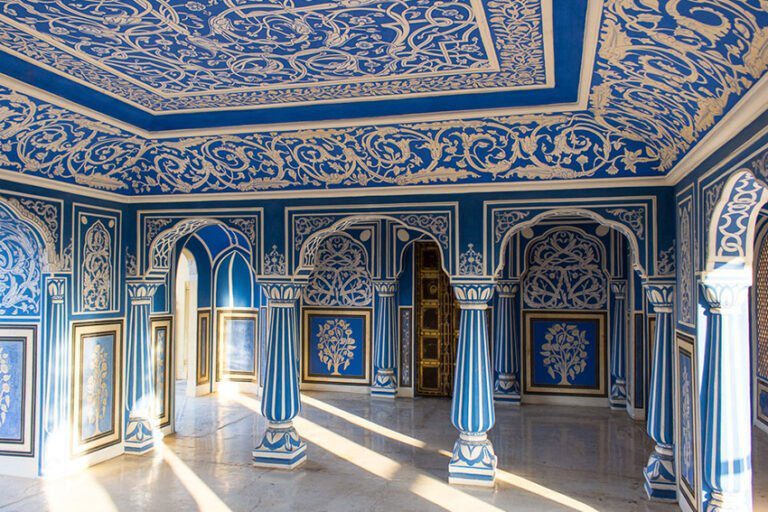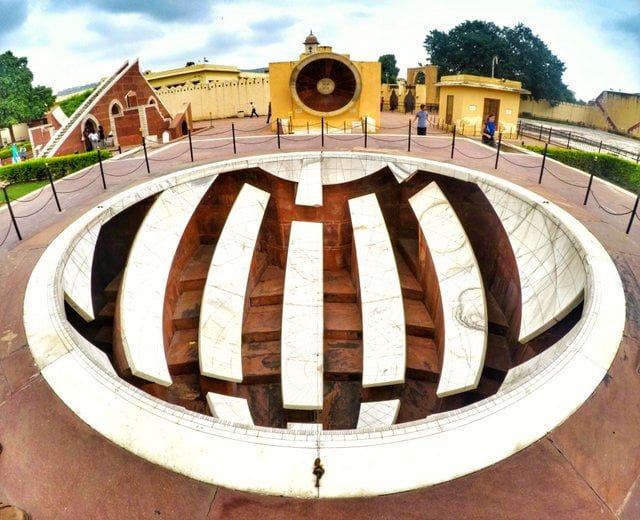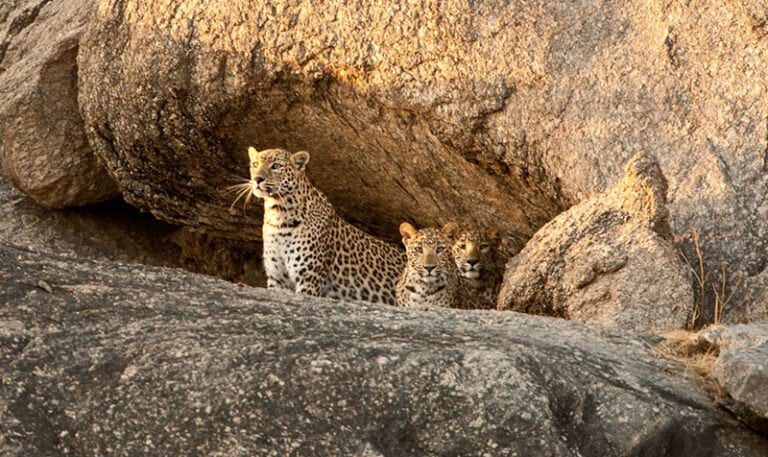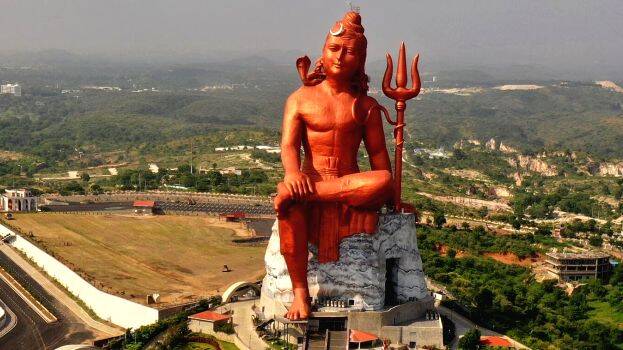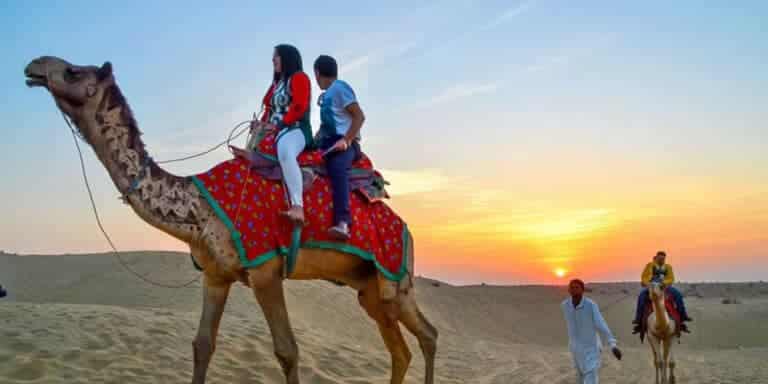Monday to Saturday - 8:00 -17:30
Places to visit in Jaipur Rajasthan
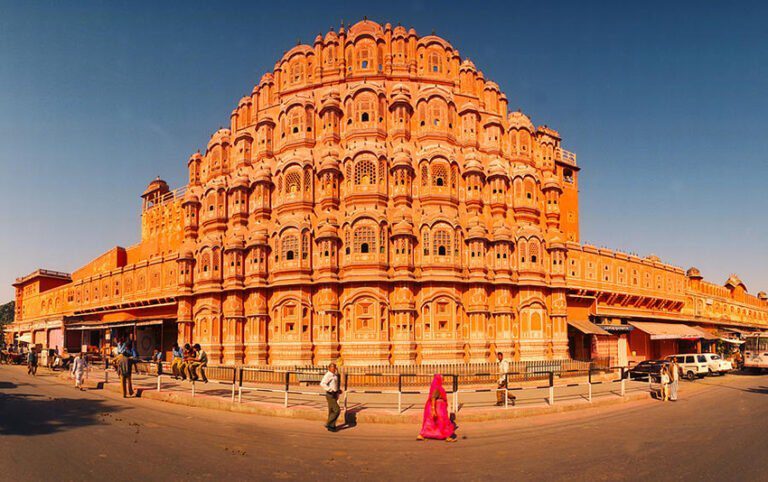
Jaipur is famous for its majestic forts & palaces made of pink sandstone and beautiful temples and gardens, which make it an ideal tourist destination.
The Pink City is a popular tourist place in Rajasthan as there are a variety of things to do & places to see in Jaipur during your stay here. Amer Fort, Jaigarh Fort, Nahargarh Fort, Hawa Mahal, Jantar Mantar, and City Palace are the best places to visit in Jaipur. They showcase a fine mix of Mughal, Rajput, and European styles of architecture.
Indulge yourself in the famous Rajputana Fairs and Festivals like Elephant Fair, Kite Festival, Teej & Gangaur Festivals that attract both Indians and foreign nationals. The best time to visit Jaipur is in January-February.
Jal Mahal
Jaipur’s remarkable Jal Mahal (Water Palace) appears to magically float on Man Sagar Lake near Amber Fort.
The palace was renovated and enlarged by Maharaja Jai Singh II. Jal Mahal is considered one of the finest examples of Rajputana’s legacy. Boats are available on the bank of Man Sagar Lake to reach Jal Mahal.
Nahargarh Fort
Nahargarh Fort (also known as Tiger Fort) is perched high on the rugged Aravali Hills northwest of Jaipur city. Sawai Jai Singh II commissioned it in 1734 to help strengthen the security of his new capital. It found fame in 2006 after scenes from the hit Bollywood movie Rang De Basanti were filmed there.
There’s also a wax museum, elegant fine-dining restaurant called Once Upon a Time, and a budget government-run restaurant called Padao. If you don’t have a government composite ticket, you’ll need to pay an entry fee of 50 rupees or Indians and 200 rupees for foreigners to access the palace part of the fort. Those who are feeling energetic can hike up to the fort from the Old City. The main palace part is open from 10 a.m. to 5.30 p.m. daily.
Jaigarh Fort
Jaigarh fort was built in 1726 AD by Sawan Jai Singh II, Located on the Hill of Eagles. It houses the world’s largest cannon on the wheels called ‘Jaivana Cannon’. There are various other attractions within the fort like Laxmi Vilas, Lalit Mandir, Aram Mandir, and the Vilas Mandir.
It’s open from 9.30 a.m. to 5.30 p.m. daily. Those who don’t have a City Palace composite ticket must pay an entry fee of 50 rupees for Indians and 100 rupees for foreigners.
Amer Fort
Amber Palace aka Amber Fort was constructed in 1592 AD by Raja Man Singh, the Rajput commander of Akbar’s army. Later it was expanded and renovated by Raja Jai Sigh I. Situated at a distance of 11 km from the city, it carries the pride of Jaipur.
Inside is a series of lavish palaces, halls, gardens, and temples. Elaborate mirror work adds to the grandeur. Amber Fort is open daily from 8 a.m. until 9.15 p.m. Many people choose to remain there for the evening sound and light show that brings to life the fort’s history.
Albert Hall Museum
Jaipur’s Albert Hall Museum is housed in a magnificent old Indo-Saracenic building that was completed in 1187. It’s Rajasthan’s oldest museum and has an eclectic collection with many items from the city’s past including portraits of kings, costumes, jewelry, woodcarvings, paintings, sculptures and pottery.
The museum is open daily from 9 a.m. to 5 p.m., and again for night viewing from 7 p.m. to 10 p.m.
Hawa Mahal
The intricate facade of the Hawa Mahal (Wind Palace) is possibly Jaipur’s most photographed building.
A five-story building was built in 1799 by Maharaja Sawai Pratap Singh. This palace is decorated with 953 windows or ‘Jharokhas’ which are adorned with intricate designs. There’s a small museum within the complex of Hawa Mahal, which houses famous items like miniature paintings and ceremonial armor.
It’s possible to go inside the Hawa Mahal from the entrance around the back. The Hawa Mahal is open daily from 9 a.m. until 4:30 p.m.
City Palace
The City Palace is situated in the Old City and is open daily from 9.30 a.m. to 5.30 p.m.
City palace is the place where one can see forts, gardens, palaces, courtyards, etc. This place depicts the striking blend of Mughal and Rajasthan architecture. It’s a vast complex built by Sawai Jai Singh II and occupies at least 1/7th portion of the Pink City. Maharaja Sawai Jai Singh II built the City Palace as part of his new capital in Jaipur. It was completed in 1732 and has an expansive complex of courtyards. The royal family still lives there, in the graceful Chandra Mahal. Various parts of the palace are open to the public according to the type of ticket purchased. Standard City Palace composite tickets cost 300 rupees for Indians and 700 rupees for foreigners.
Jantar Mantar
Popular structures within the Jantar Mantar are the ‘Samrat Yantra’ (the world’s largest sundial), the ‘Hindu Chhatri’, the ‘Jaiprakash Yantra’, and various geometric structures with astronomical devices to probe the ‘universe’. Currently, it holds 14 major geometric instruments.
Jantar Mantar (literally meaning “calculation instrument”) is a UNESCO World Heritage Site and one of five such astronomical observatories built by Maharaja Sawai Jai Singh II, a renowned mathematician and astronomer. It was completed in 1738 and is located next to the City Palace in the Old City.
If you are reading this then, please send your thoughts in the comment box. Thank you!
Disclaimer: We do not take credit for some of the licensed paid images used in our blogs, whether from Google Images, Fotolia & Shutterstock.
All such images are the copyrights of their respective owners and we try to provide credit for them wherever we can. If, however, any copyright image has been used on our blog, the concerned person can either mail us directly to remove the image or provide credit to whomsoever the image may belong.

